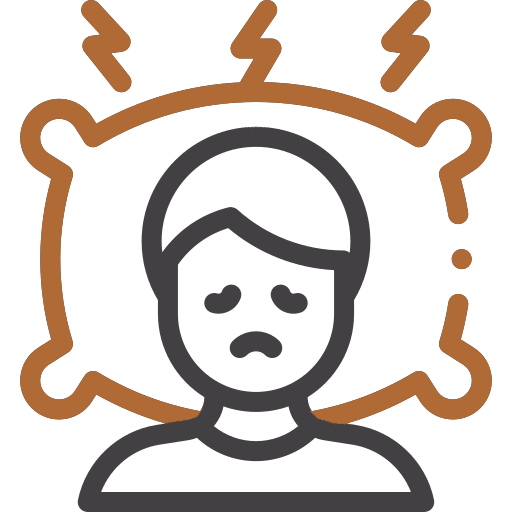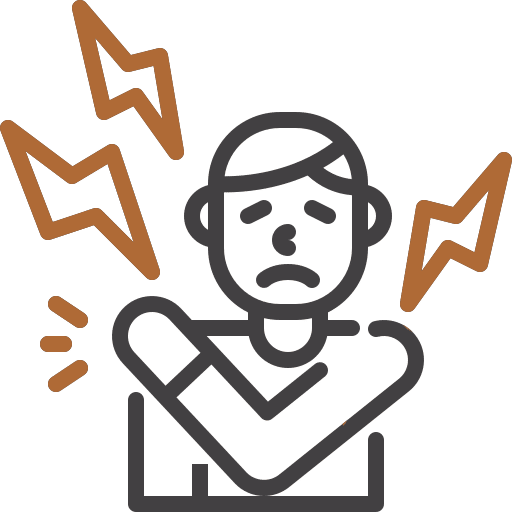Xanax, a widely prescribed medication for anxiety and panic disorders, has provided relief to millions of individuals worldwide. Its fast-acting properties and calming effects have made it a popular choice among those seeking respite from the burdens of anxiety.
But, just like other medications, Xanax can have its downsides. If someone uses it too much or for a long time, they might face a tough and risky situation called Xanax withdrawal.
In this article, we will talk about Xanax withdrawal in detail. We’ll explain its symptoms, possible risks, and why it’s important to get medical help during this tough time.



















